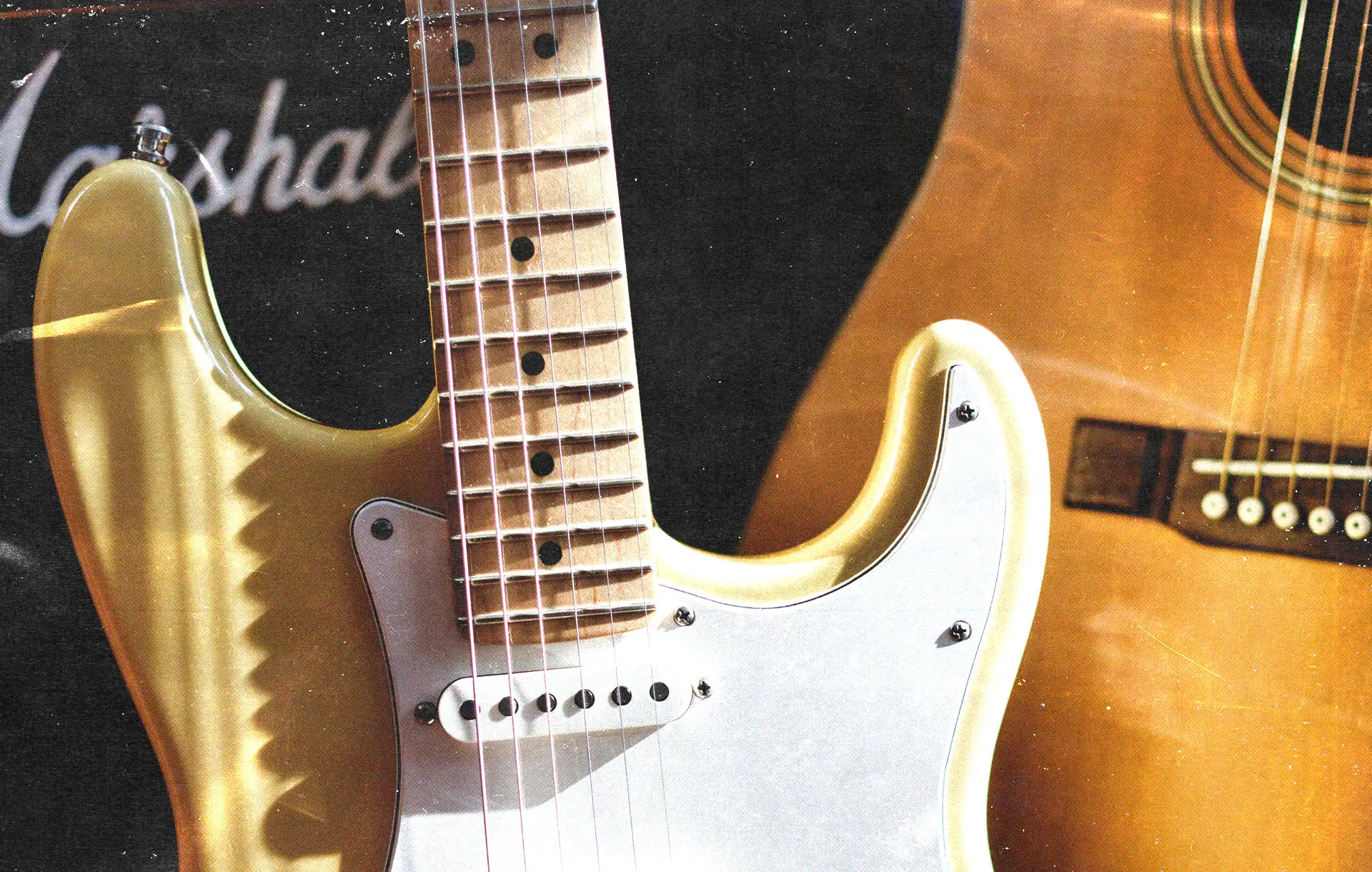Learning to play the guitar is a rewarding and fulfilling endeavor that allows people to express themselves through the power of music. Whether you’re drawn to the acoustic sounds of folk and country or the electrifying riffs of rock and roll, the guitar is a versatile instrument that can unlock a world of creative possibilities.
In this guide, we’ll explore the journey of learning to play the guitar, from choosing the right instrument to mastering essential techniques.
Choosing the Right Guitar
The first step on your guitar journey is selecting the right instrument. There are two primary types of guitars to consider:
Acoustic Guitar
Acoustic guitars produce sound without the need for amplification, making them a popular choice for beginners. They’re versatile and suitable for various music genres. When choosing an acoustic guitar, consider factors such as body size, tonewood, and playability. A comfortable and well-fitted acoustic guitar is essential for an enjoyable learning experience. You should also look into a satin finish guitar for something extra beautiful to play.
Electric Guitar
Electric guitars produce a different sound and require amplification. They’re favored in rock, blues, and metal genres for their distinct tones and versatility. If you’re interested in playing an electric guitar, invest in a high-quality instrument, amplifier, and accessories. Electric guitars often have a slimmer neck profile, making them easier for some beginners to handle.
Basic Equipment
In addition to the guitar itself, there are some essential accessories you’ll need:
- Guitar Picks: Picks come in various thicknesses and materials. Experiment to find the one that suits your playing style.
- Tuner: A tuner helps you to keep your guitar in tune, ensuring that you’re playing the correct notes and chords.
- Strap: A strap allows you to play while standing, which can be useful for both acoustic and electric guitarists.
- Capo: A capo is a handy tool that changes the key of your guitar by clamping onto the fretboard. It’s useful for playing in different keys without changing chord shapes.
Learning the Basics
Before diving into your favorite songs, it’s essential to grasp the fundamental concepts of playing the guitar:
- Tuning: Learn to tune your guitar accurately using a tuner or by ear. Standard tuning for a six-string guitar, from low to high, is E-A-D-G-B-E.
- Chords: Start with basic open chords like C, G, D, and E minor. Mastering these chords is crucial for playing countless songs.
- Strumming and Picking: Develop your strumming and picking techniques. Experiment with different rhythms and strumming patterns to add depth to your playing.
- Fingerstyle: Explore fingerstyle playing, which involves plucking the strings with your fingers rather than a pick. Fingerstyle techniques add versatility to your playing.
- Music Theory: Familiarize yourself with music theory basics, such as reading chord charts and understanding time signatures. This knowledge will help you to progress faster.
Practice and Patience
Learning to play the guitar is a skill that requires practice and patience. Here are some tips for effective practice:
- Consistency: Set aside regular practice time, even if it’s just 15–30 minutes a day. Consistency is more important than long practice sessions.
- Start Slow: Begin with simple songs and exercises, gradually increasing the complexity as you gain confidence and skill.
- Break It Down: Break down challenging songs or techniques into smaller, manageable sections. Practice each part individually before putting them together.
- Use Resources: Take advantage of online tutorials, guitar apps, and instructional books to aid your learning.
- Learn Songs You Love: Learning songs that you’re passionate about will keep you motivated and make practice enjoyable.
Seek Guidance
Consider taking guitar lessons from a qualified instructor. Personalized guidance can help you to progress faster and avoid developing bad habits. Additionally, playing with other musicians or joining a group class can enhance your skills and provide valuable insights.
Conclusion
Learning to play the guitar is a fulfilling and enriching journey that can bring a lifetime of joy and creativity. Whether you dream of strumming campfire songs or shredding solos on a big stage, the guitar offers endless possibilities for self-expression and musical exploration. With the right equipment, dedication to practice, and a passion for music, you’ll soon find yourself strumming your favorite tunes and writing songs of your own.
So, pick up your guitar, embrace the learning process, and embark on a melodic journey that will reward you for years to come.




